
We’ve all had to deal with workplace jealousy. Someone else sees what you’re doing and wants to steal your idea, have your success, or simply get to where you are without working at it. Or maybe you’re the jealous one–striving to be like someone else or fuming at someone else’s success? Whichever way it is for you, here are some ideas that may give you a fresh perspective.
Flaws, failures and finger-pointing
When a jealous person sees your success, he or she may point at your flaws and try to highlight them to others, thus undermining your success. He may also try to focus on your failures. This kind of finger pointing never helps to sort out the jealousy of the person who is jealous. While it’s difficult to remain positive when you hear the jealous person belittling you, it’s important to take the high road and not return insults. Eventually, other coworkers may come around to your point of view. I’ve talked about how some social media posts elicit jealousy before in Maslow’s Unbelievably Strange Hierarchy of Social Media Needs.
Workplace jealousy creates a toxic environment
Although you might want to hide your head in the sand when you recognize jealousy, doing so won’t make the problem disappear. In fact, when you pull your head out of the sand, the problem probably will have gotten worse. It’s best to deal with jealousy head on. Indeed has a good article on how to handle workplace jealousy: 8 Tips to Help You Handle Workplace Jealousy. I like this one: “Remain positive at all times, even around jealous coworkers.” Not so easy to do, though, is it?
Belittling others, name calling, and talking behind others’ backs
If someone else is jealous of you, it’s much more difficult to deal with than if you’re the jealous one. But you can start by asking the jealous person what’s going on. Maybe there’s something they need to get off their chest. In her Psychology Today article How to Handle a Jealous Coworker, Kaja Perina says Sometimes, a coworker’s negative behavior toward you may have nothing to do with you or with your work performance. And knowing that can make all the difference.
Moving past jealousy
The best way to move past jealousy, in my opinion, is not to compare yourself to others. There will always be others more or less successful than you. Another way to get through it is to journal. Ask yourself these questions: What is making you jealous? Is the person you’re jealous of honestly doing better than you, or is it imagined? What exactly is it that is bothering you? If you can figure out the answers to these questions, you’ll be closer to getting through the jealousy. And be honest. Maybe you need more skills so you can be like that other person in their career. Maybe there’s a class or two you could take to uplevel your skills.
Have you ever had to deal with jealousy in the workplace? How did you do it?




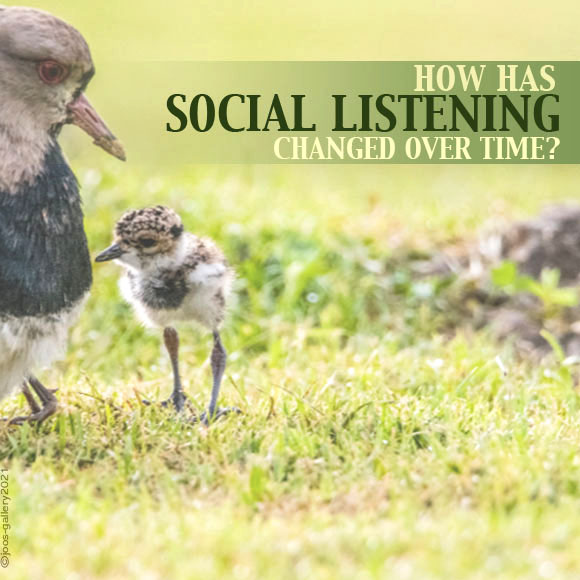

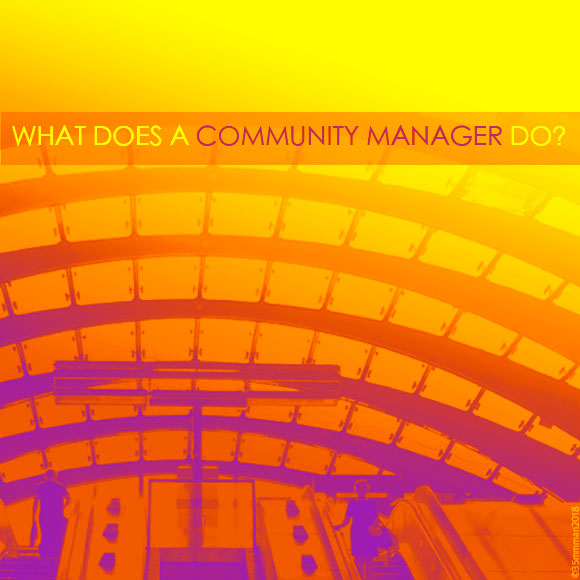

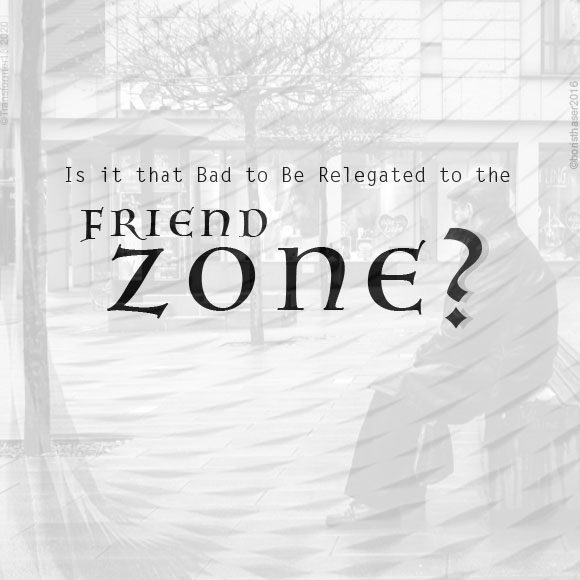

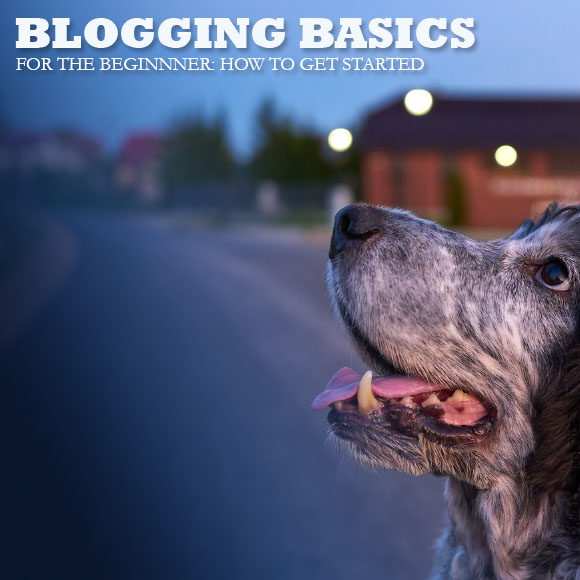





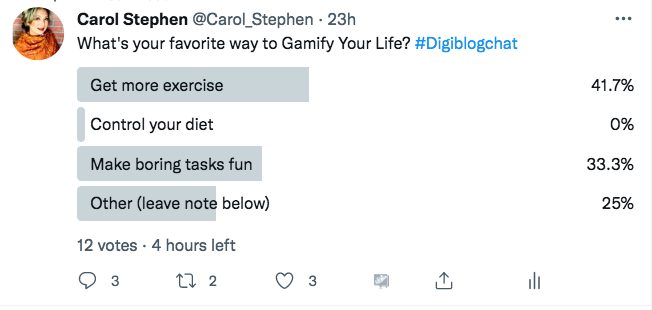


Follow Carol!